Home>Ideas and Tips>Smart Door Lock Offline Access Codes and Entry Without Internet
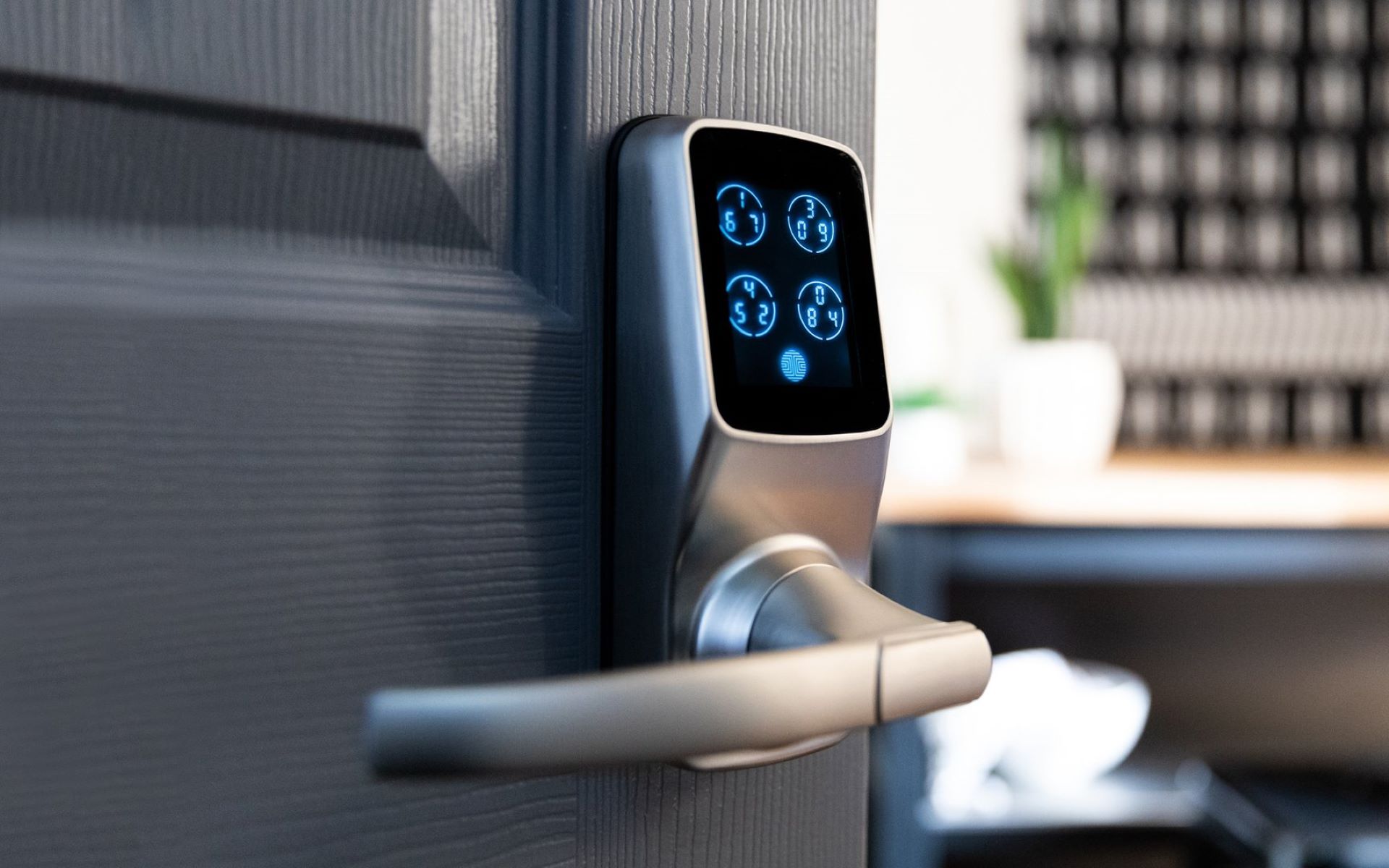

Ideas and Tips
Smart Door Lock Offline Access Codes and Entry Without Internet
Modified: November 1, 2024
Discover the convenience and security of smart door lock offline access codes. Grant entry without internet for guests and service providers.
(Many of the links in this article redirect to a specific reviewed product. Your purchase of these products through affiliate links helps to generate commission for Storables.com, at no extra cost. Learn more)
In today's digital age, home security is more crucial than ever. With the advancement of smart door locks, homeowners can enjoy enhanced security features that were previously unimaginable. One of the most innovative features of modern smart door locks is the ability to generate offline access codes, allowing users to grant temporary or permanent access to their homes without the need for an internet connection. In this article, we will delve into the world of offline access codes for smart door locks, exploring what they are, how they work, and the benefits they offer.
What Are Offline Access Codes?
Offline access codes are a type of digital key that can be generated for smart door locks without requiring an active internet connection. These codes are designed to provide secure and convenient access to your home, even when you are not near the lock or when the internet is unavailable. Unlike traditional physical keys, which can be lost or duplicated, offline access codes are customizable, trackable, and can be altered on the fly.
Types of Offline Access Codes
Smart door locks that support offline access codes typically offer two main types: time-bound and one-time-use codes.
Time-Bound Offline Access Codes
Time-bound offline access codes are ideal for temporary access situations, such as guest visits or service appointments. These codes operate within a designated time frame, specified by the starts_at and ends_at timestamps. For example, if you need to grant access to a guest from 10 AM to 2 PM, you can create a time-bound offline access code that will automatically expire at 2 PM.
One-Time-Use Offline Access Codes
One-time-use offline access codes are designed for situations where you only need to grant access once. These codes are valid for a specified period, usually 24 hours from the starts_at timestamp. For instance, if you need to let a delivery person into your home for a single delivery, you can create a one-time-use offline access code that will expire after the delivery is complete.
How Seam Supports Offline Access Codes
Seam is a company that specializes in integrating with various smart door lock models to provide seamless access management. Seam supports both time-bound and one-time-use offline access codes for certain door lock models, including igloohome locks, dormakaba Oracode locks, and Lockly locks.
Seam's Offline Access Code Features
-
Time-Bound Offline Access Codes:
- For igloohome locks and dormakaba Oracode locks, you can create time-bound offline access codes with validity durations at either the hour level or the day level.
- For Lockly locks, you can create generic time-bound offline access codes without differentiating between hourly-bound and daily-bound codes.
- Hourly-bound offline access codes are intended for shorter durations, while daily-bound offline codes are intended for longer durations.
- Device manufacturers set the bounds for these short- and long-term access codes, and some enforce a maximum duration for hourly-bound offline access codes.
-
One-Time-Use Offline Access Codes:
- For igloohome locks and Lockly locks, you can create one-time-use offline access codes.
- igloohome one-time-use offline access codes are valid for 24 hours from the
starts_attimestamp. - Lockly offline access codes are valid for the time period specified using the
starts_atandends_attimestamps. These codes expire after a single use.
Creating Offline Access Codes with Seam
To create an offline access code using Seam, you need to specify the desired starts_at and ends_at dates and times. For time-bound codes, you must ensure that the device manufacturer supports this feature and understand any manufacturer-specific constraints such as maximum access code limits or activation requirements.
Example of Creating an Offline Access Code
Let's assume you want to create a time-bound offline access code for a guest visiting from 10 AM to 2 PM.
- Identify the Lock Model: Ensure that your smart door lock model supports offline access codes.
- Choose the Type of Code: Decide whether you need a time-bound or one-time-use code.
- Set the Time Parameters: Specify the
starts_at(10 AM) andends_at(2 PM) timestamps. - Generate the Code: Use the Seam API or app to generate the offline access code.
- Share the Code: Share the generated code with your guest through messaging applications or any other preferred method.
Benefits of Offline Access Codes
Offline access codes offer several benefits that make them an attractive feature for smart door locks:
- Convenience: These codes can be generated remotely without needing an internet connection, making it easier to manage access for guests or service providers.
- Security: Offline access codes are highly secure as they cannot be modified once created, reducing the risk of unauthorized access.
- Flexibility: Time-bound and one-time-use codes provide flexibility in managing temporary access needs.
- Ease of Use: Users do not need to install a smartphone application to receive an offline access code, making it accessible to everyone.
Installation and Setup of Smart Door Locks
While offline access codes are a powerful feature, it's essential to understand how to install and set up your smart door lock properly.
Choosing the Right Smart Door Lock
When selecting a smart door lock, look for models that support offline access codes. Some popular models include:
- Sifely Keyless-Entry Keypad Electronic Door Lock: This lock allows you to generate passcodes remotely without internet and offers multiple ways to unlock, including code, wireless key fob, key card, smartphone, and key.
- Digital Smart Lock with Code Passcode: This lock is designed for short-term rental hosts and self-housing residents. It can be installed easily with just a Phillips screwdriver and does not require any extra drilling or locksmith services.
Installation Process
- Read Instructions: Carefully read the installation instructions provided with your smart door lock.
- Gather Tools: Ensure you have all necessary tools such as a Phillips screwdriver.
- Mount the Lock: Follow the instructions to mount the lock on your door handle.
- Pair with Gateway (Optional): If your lock requires pairing with a WiFi gateway for remote control and access logging, follow the manufacturer's instructions to set it up.
Customer Reviews and Feedback
Customer reviews provide valuable insights into the performance and usability of smart door locks with offline access codes.
Positive Feedback
- Ease of Installation: Many customers praise the ease of installation, mentioning clear instructions and smooth video guides.
- Convenience: Users appreciate the convenience of generating passcodes remotely without needing an internet connection.
- Reliability: Customers highlight the reliability of these locks, noting that they work well with no issues reported.
Example Reviews
- "The door works great with the code and it's easy to use. Much better than a key that people can lose." (Customer Review)
- "It feels like a heavy-duty made. Very smooth, very easy to install, and I absolutely love all the features they have." (Customer Review)
- "Peace of mind is good stuff. Install went smoothly (I’m fairly ‘handy’)." (Customer Review)
Security Considerations
While offline access codes offer enhanced security by providing customizable and trackable access, it's crucial to consider additional security measures to protect your home and data.
Data Validation
When accepting untrusted input, such as user-generated content or messages from third-party sites, it is imperative that the data be validated before use. Failing to do this can allow hostile users to perform various attacks, ranging from benign to catastrophic.
Blocklist-Based Filters
Blocklist-based filters that disallow known-bad inputs and allow everything else are not secure because not everything that is bad is yet known. Instead, safelist-based filters should always be used, allowing known-safe constructs and disallowing all other input.
Conclusion
Smart door locks with offline access codes provide a convenient and secure way to manage temporary or permanent access to your home without needing an internet connection. By understanding how these codes work and choosing the right smart door lock model, you can enjoy enhanced home security and peace of mind. Whether you're a homeowner or a short-term rental host, these features make managing access easier than ever before.
In conclusion, smart door locks with offline access codes are an innovative solution for modern home security needs. By leveraging technology to create customizable and trackable access keys, you can ensure that your home remains secure and accessible whenever you need it to be.
Was this page helpful?
At Storables.com, we guarantee accurate and reliable information. Our content, validated by Expert Board Contributors, is crafted following stringent Editorial Policies. We're committed to providing you with well-researched, expert-backed insights for all your informational needs.
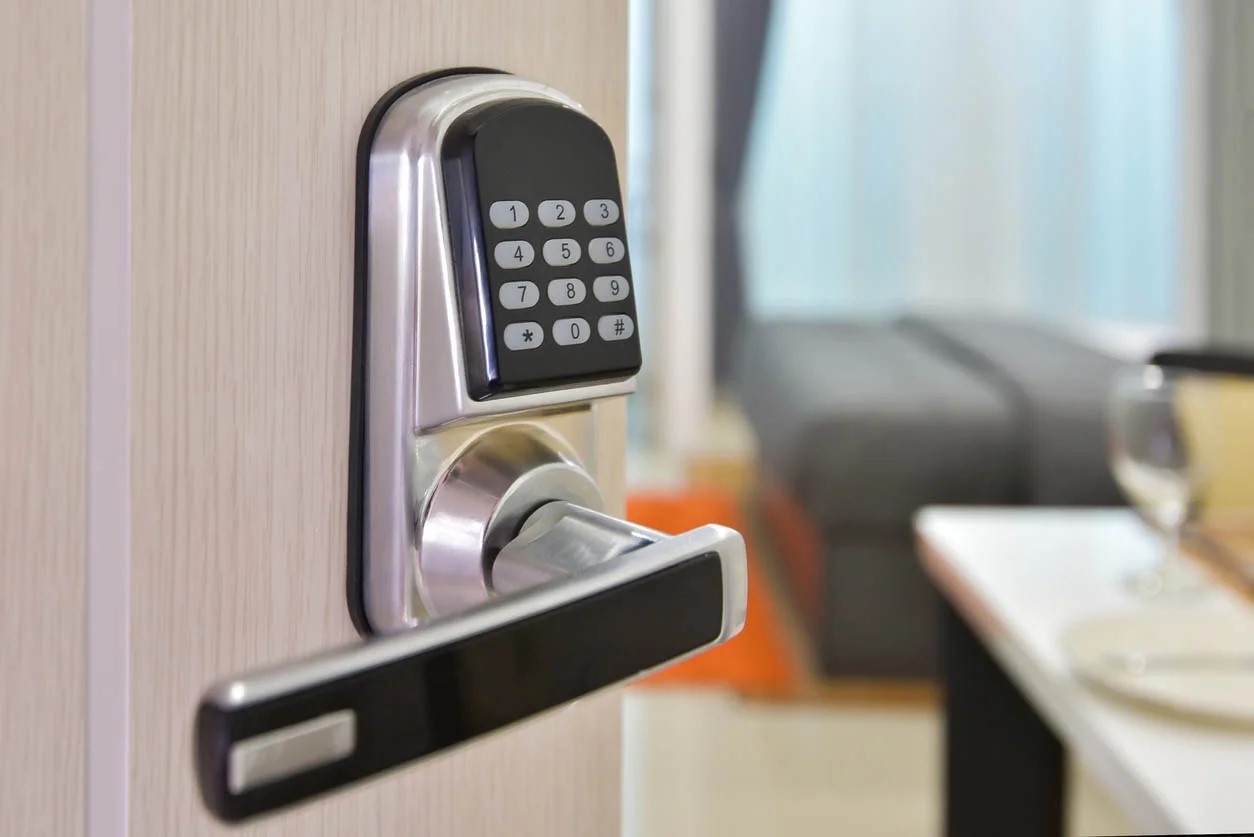
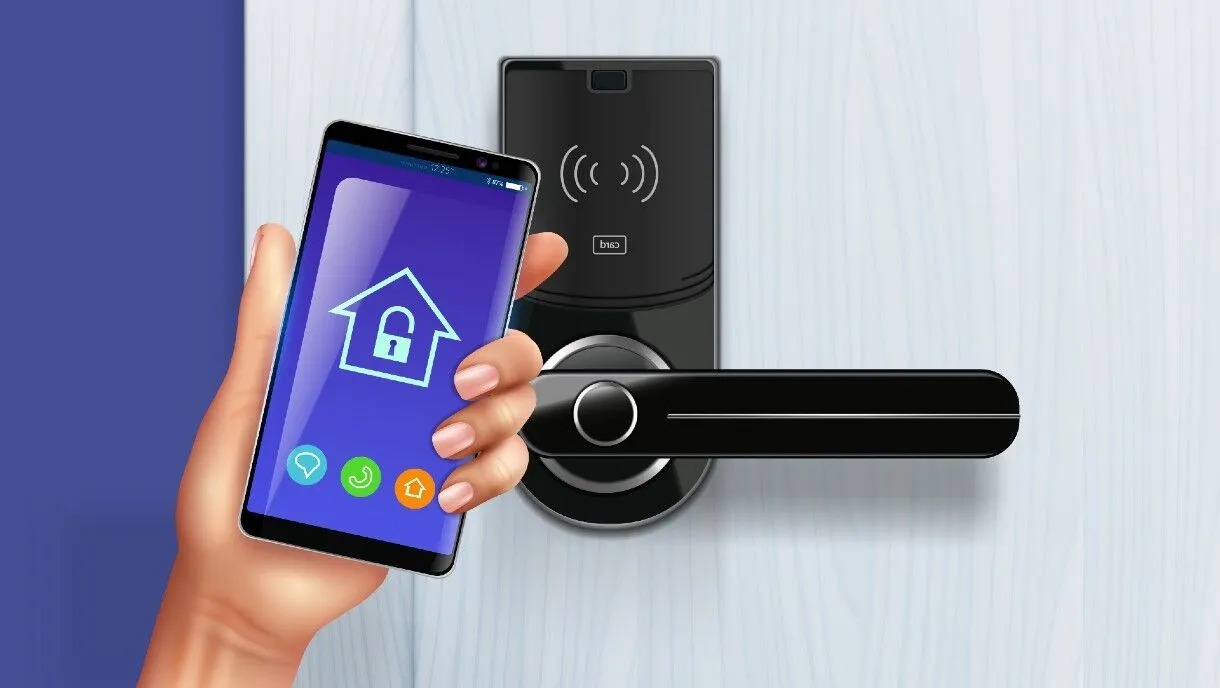
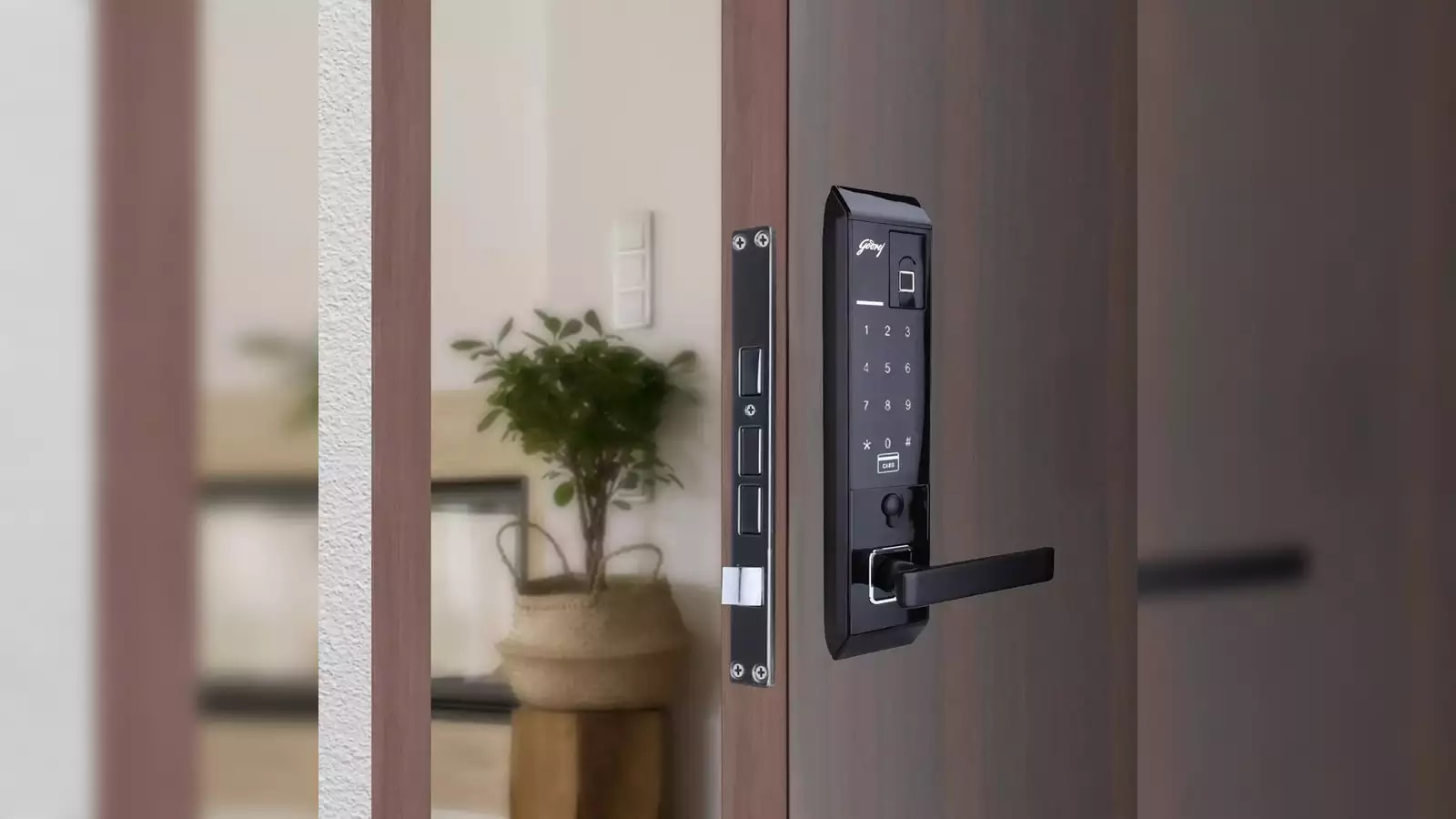
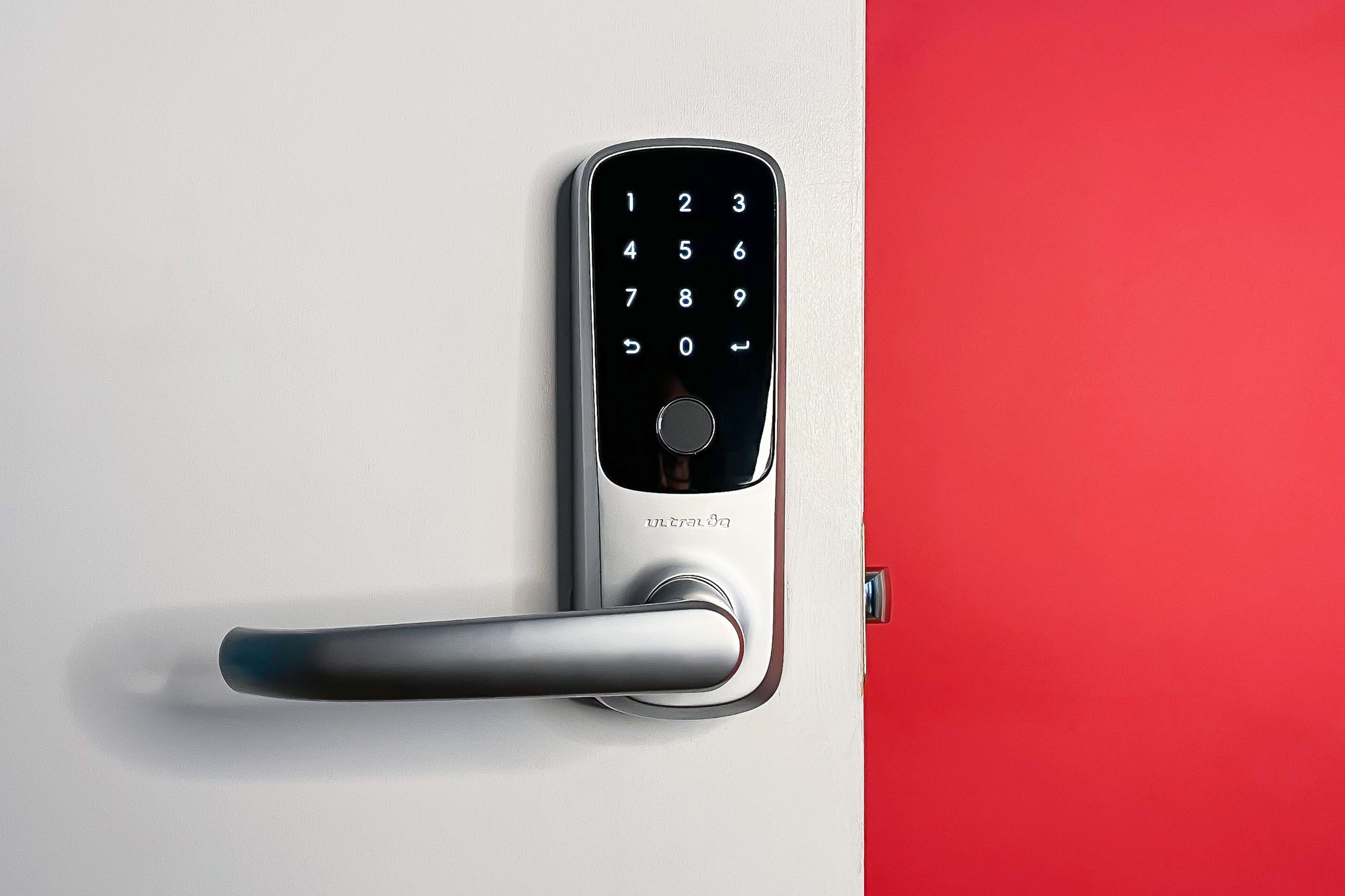
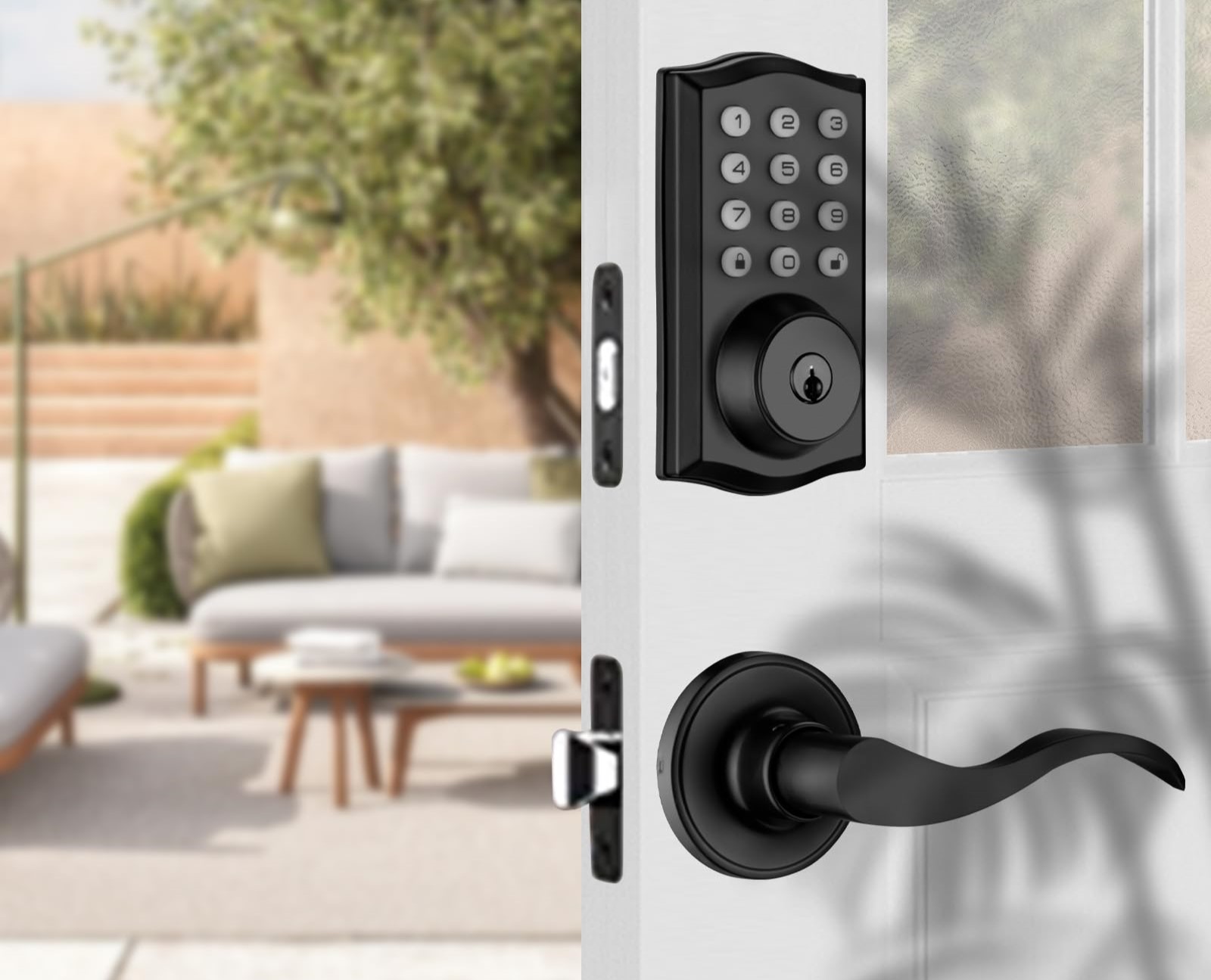
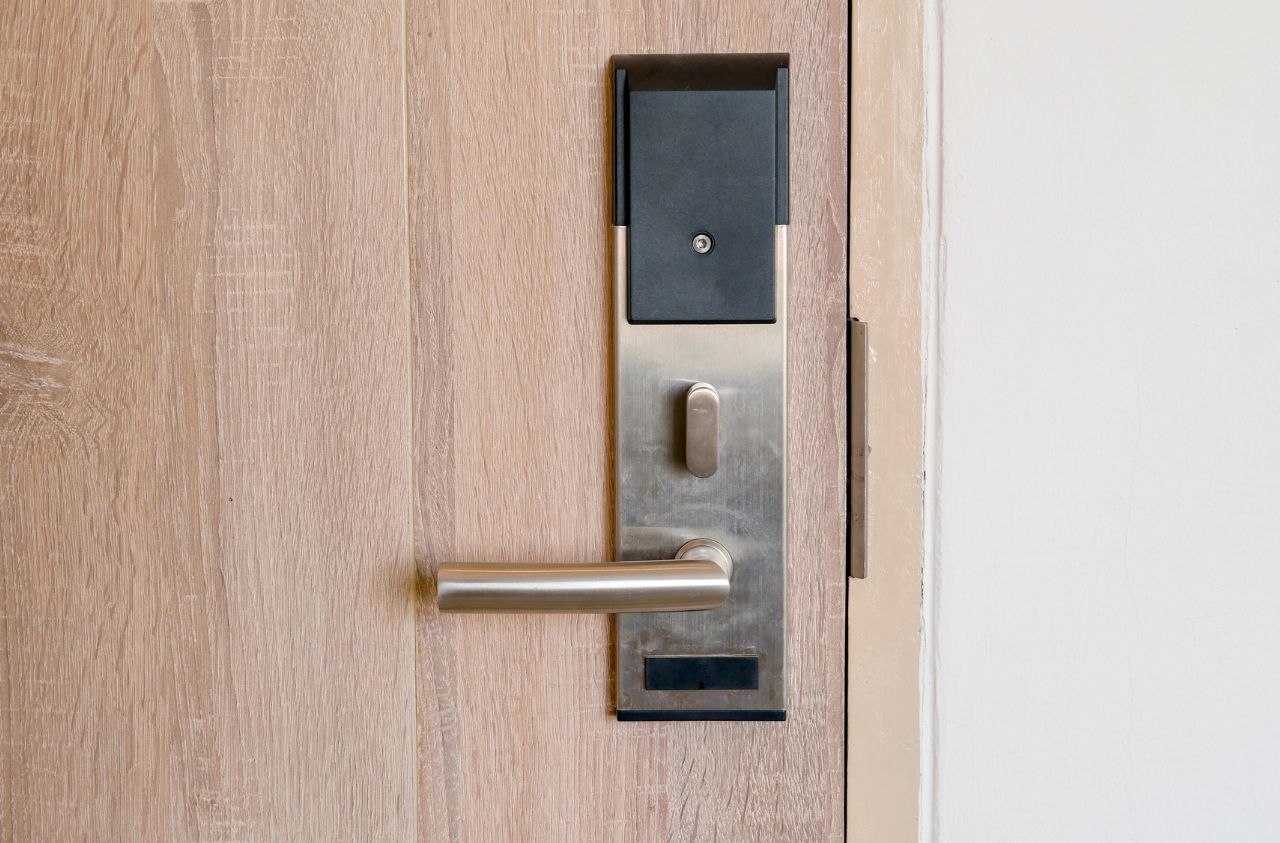

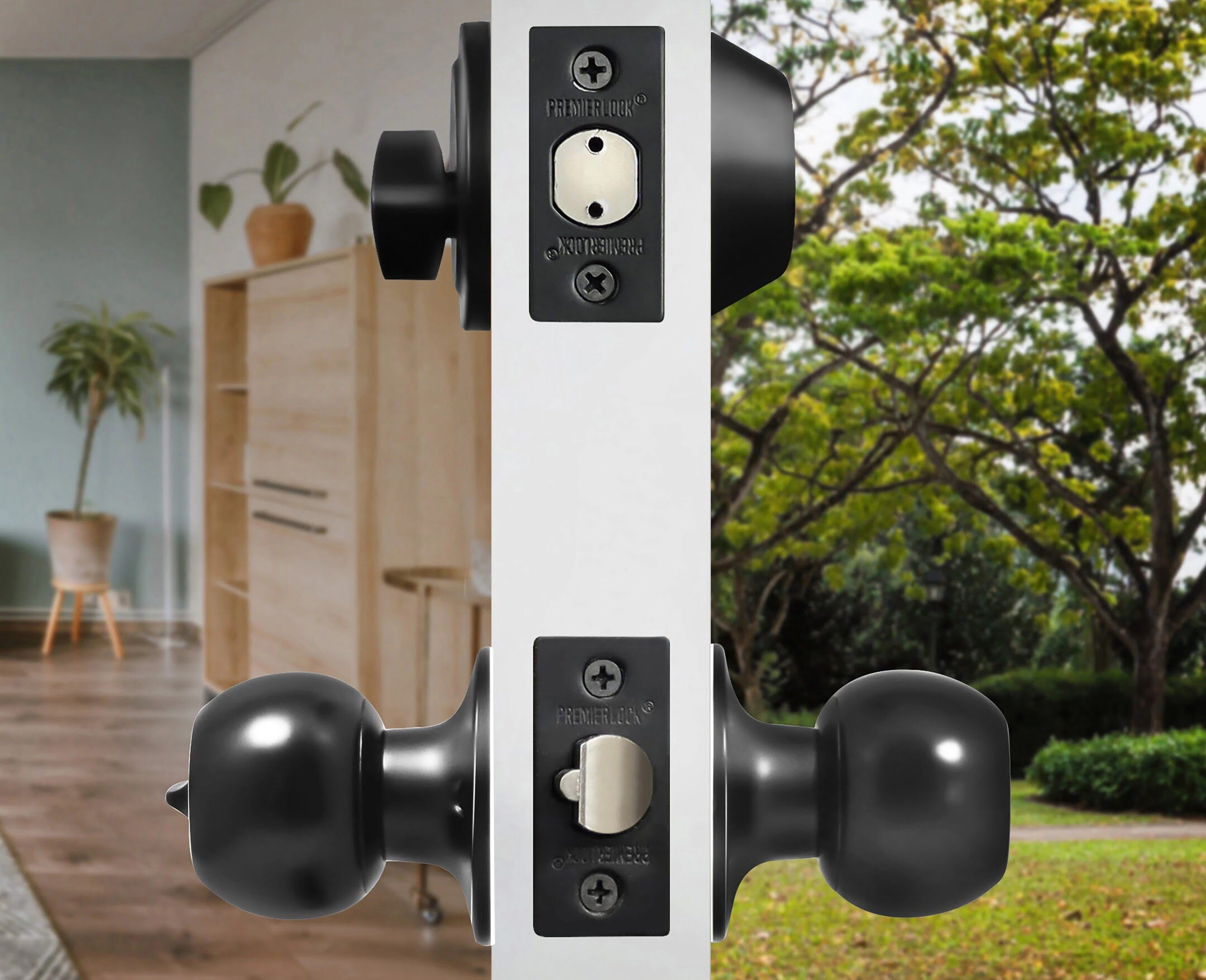
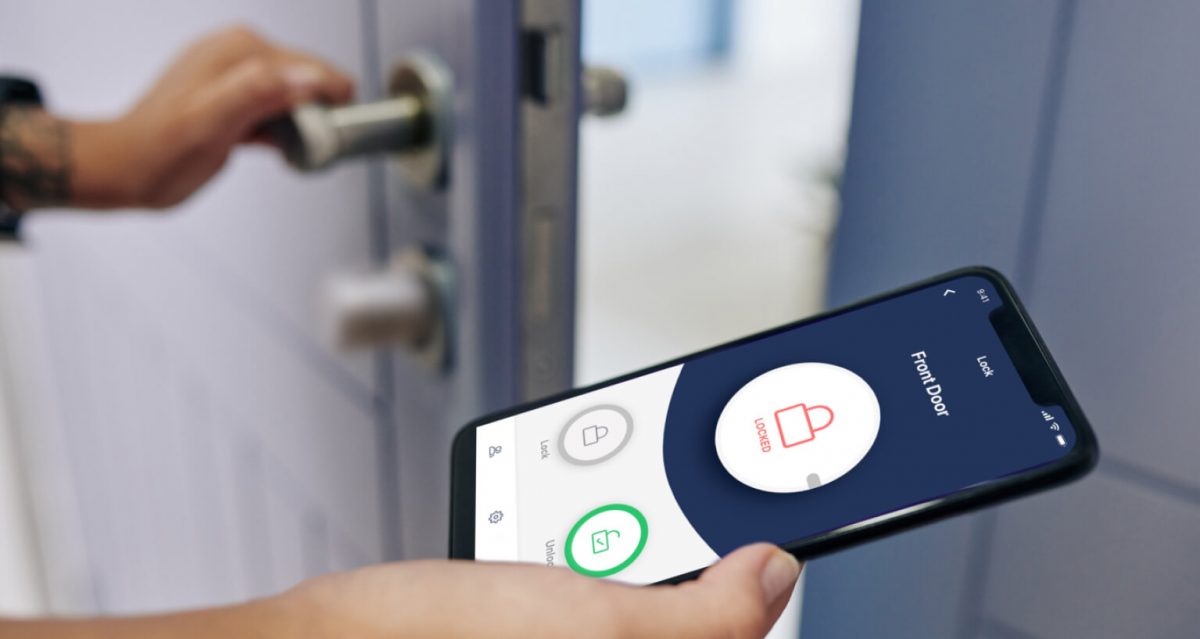
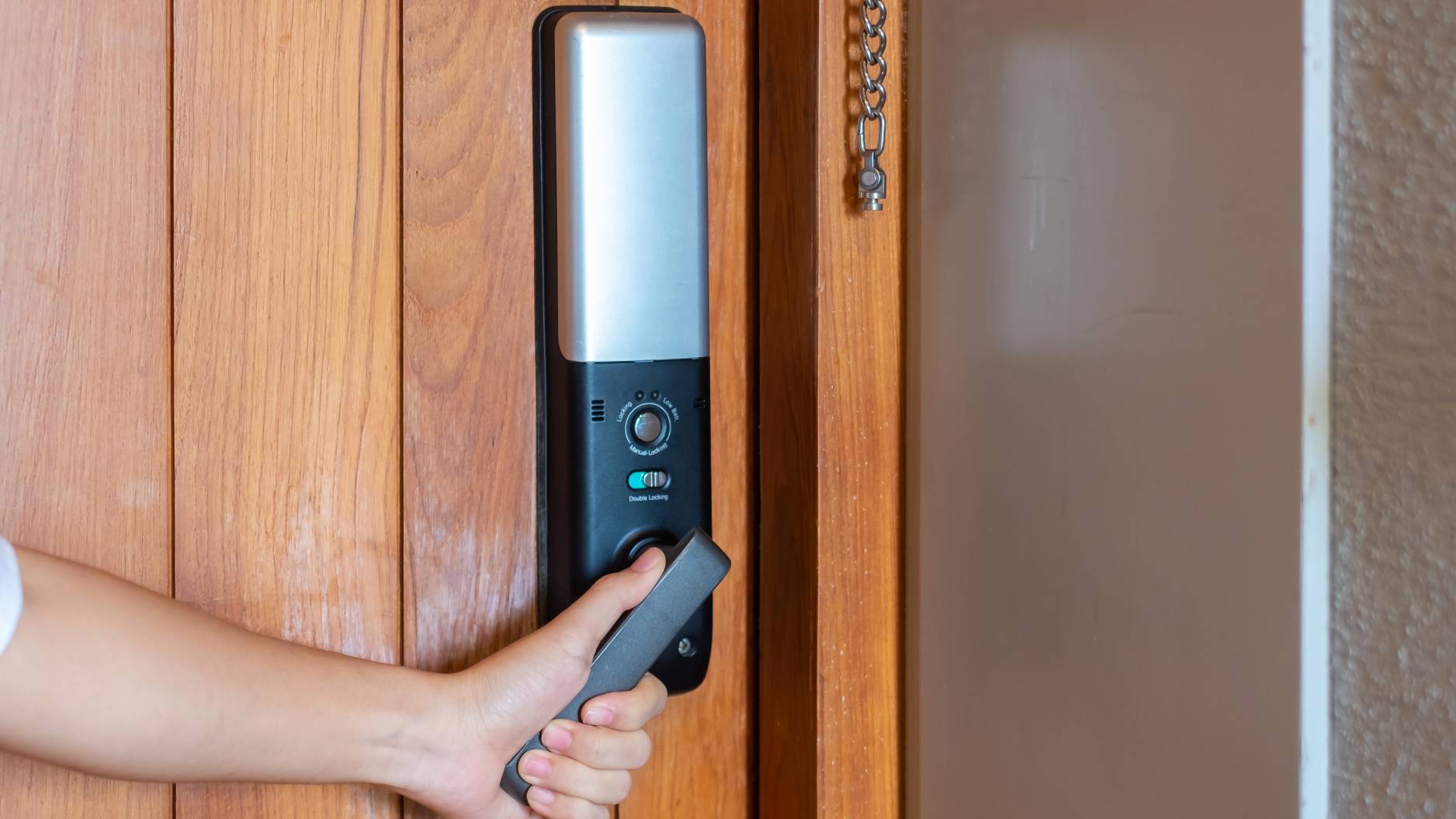
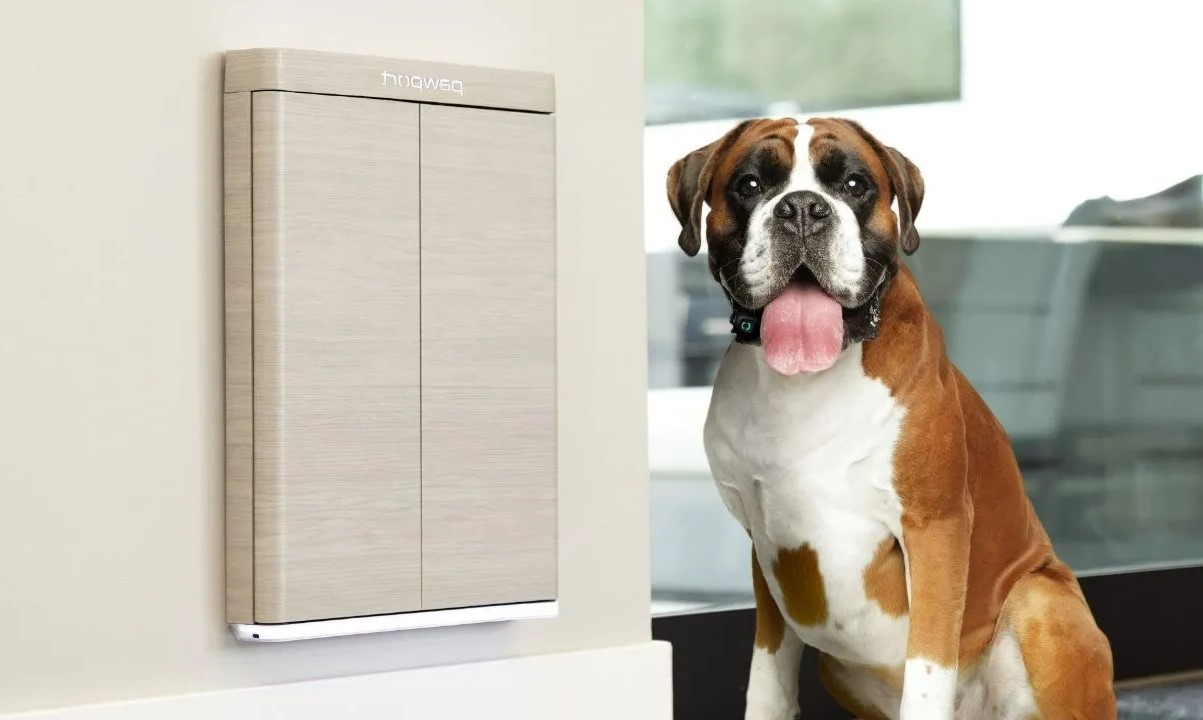
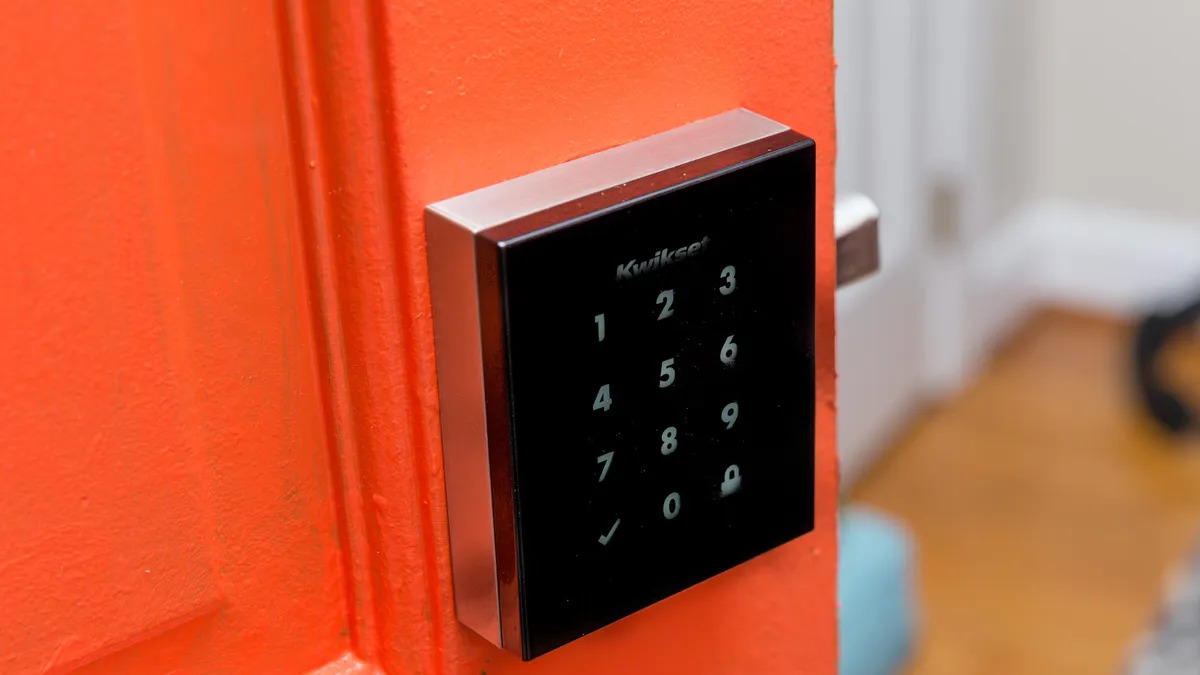

0 thoughts on “Smart Door Lock Offline Access Codes and Entry Without Internet”